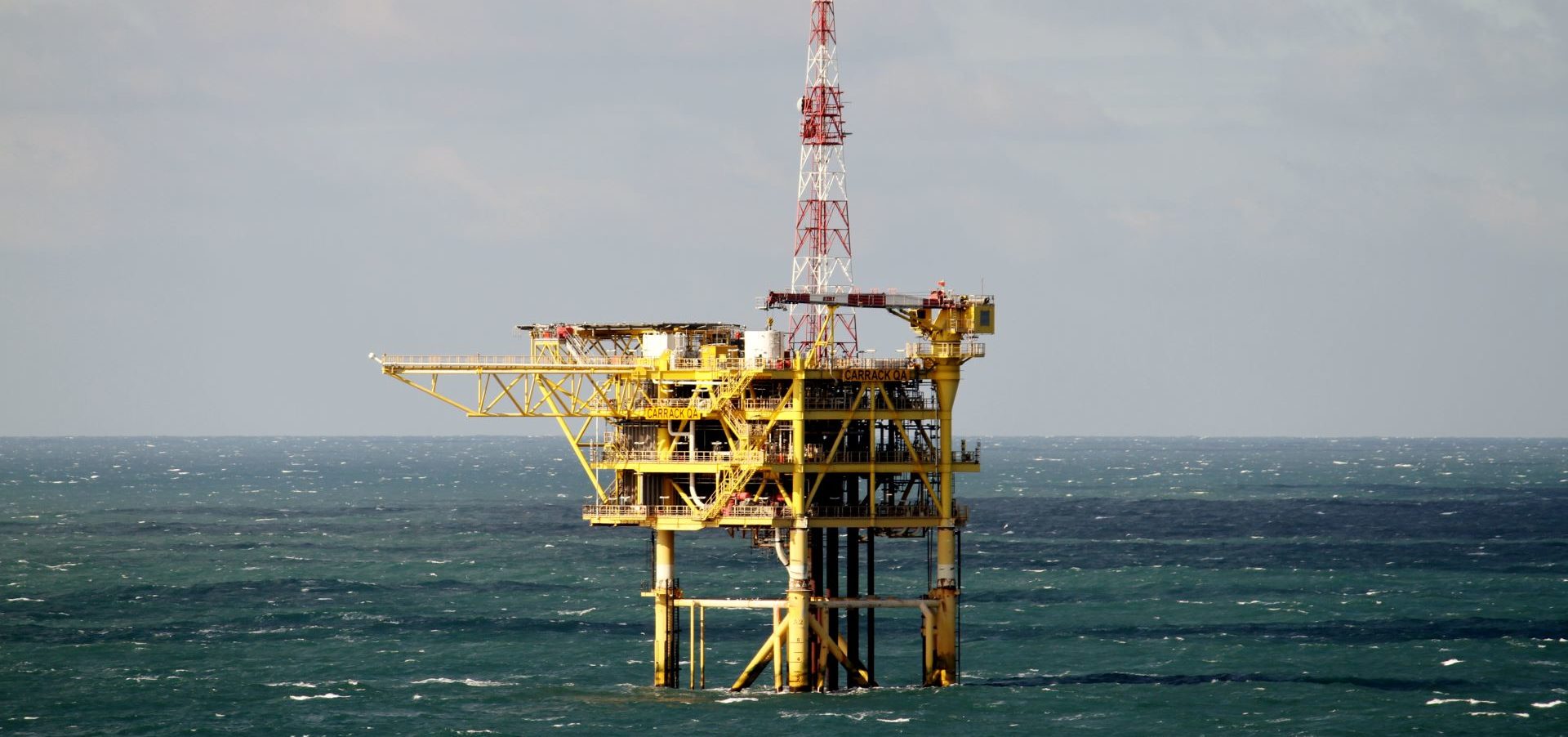In 2017, Canadian Prime Minister Justin Trudeau said “’No country would find 173 billion barrels of oil in the ground and just leave them there.” And yet, that’s what needs to happen: leave it in the ground. The situation in Norway is illustrative of the challenge. Craig Morris explains.
In March, Norway’s Government Pension Fund Global, aka the Oil Fund, announced that it aims to step away from some holdings in fossil fuels – not because of the climate, but in order to diversify. Notably, holdings in big firms like Shell, BP, and ExxonMobil are to be retained. On June 12, the Fund approved the deal.
Created in 1990 to manage revenue from tiny Norway’s oil and gas resources, it now holds some $200,000 dollars per Norwegian citizen – worth $800,000 for a family of four. The national debt – yes, Norway has one – is much smaller at some $30,000 per citizen.
Norway has done good things with the money, such as invest in renewables, and it now plans to step up such investments. The country is also proud of its commitment to electric vehicles (which is easier when you are rich). And its Fund is a rather ethical investor, just as Norway is a well-governed country.
But still, there is no sign that the Norwegians are about to leave their own oil in the ground. Norway seems a bit uneasy maintaining its green image funded with fossil income. Statoil, the former name of the 67% state-owned oil firms, is now called Equinor, a name that reminds one more of horses than oil (the firm stated at the time that the new name stands for “equal Norwegian”).
But not everyone is happy about the proposed divestments. The Financial Times said the decisions to divest from fossil to and invest more in renewables “were seen as sops to an to an environmentally friendly party in the government coalition,” according to one economics expert. A top Norwegian politician told Der Spiegel (in German) after the deal went down that it was “main an economic decision.” He added that Norway is not even thinking about leaving any oil in the ground: “We are investing heavily” because they will be needed for “mobility and chemical processes.”
The commitment to electric vehicles is ironically one reason for the restructuring. Norway’s Finance Minister says the special incentives for EVs will cost the equivalent of $344 million in 2019 alone. That’s chump change against the overall value of the Fund at around a trillion USD, but it is nearly ten percent of the overall revenue expected to be added to the Fund from oil sales this year. And those additions are down; in fact, they were negative in 2016 and 2017.
Norway has already used up roughly half of its oil and gas in the ground. A lot is left, but output has shrunk in the past three years. The size of new discoveries is also small. Nonetheless, annual production is expected to increase substantially in the next few years.
And there’s the rub: from the climate perspective, Norway must stop producing oil and gas. Yet, in the same month that the divestment was announced, the government – the one with the aforementioned “environmentally friendly party” – also opened up entirely new sectors of the Barents Sea for further exploration now that the North Sea oil and gas resources are drying up. Indeed, when the government opened up the largest number of new sites ever in 2017, only half as many bids where placed as in a call for a smaller number of sites in 2015. Industry experts know there simply isn’t as much in the ground anymore, and getting what’s left to the market will be increasingly tedious.
It’s not as though Norway doesn’t have a climate movement. Rather, Norway’s predicament (if that’s the right word for $800,000 per family) shows how hard the transition will be.
We count emissions from the point of combustion, not extraction, leaving oil, gas, and coal exporters off the hook – and putting all the blame on consumers. A US environmentalist recently wrote about how we are all made to feel guilty if we don’t recycle, while the oil and gas industry are the real culprits. I might want to add coal, but I also wouldn’t put all the blame on industry; they provide us with stuff we want. The solution lies somewhere in the middle: sellers and buyers both need to take responsibility.
To start, we need to demand a different world – one where cars (including EVs) are used only where they actually do the job best and streets otherwise made safe for people (especially kids) to walk and cycle; where buildings that don’t need heating and cooling as much are sold as much more comfortable (not just climate-friendly); and fossil-based plastics (including in clothing) are out of fashion.
